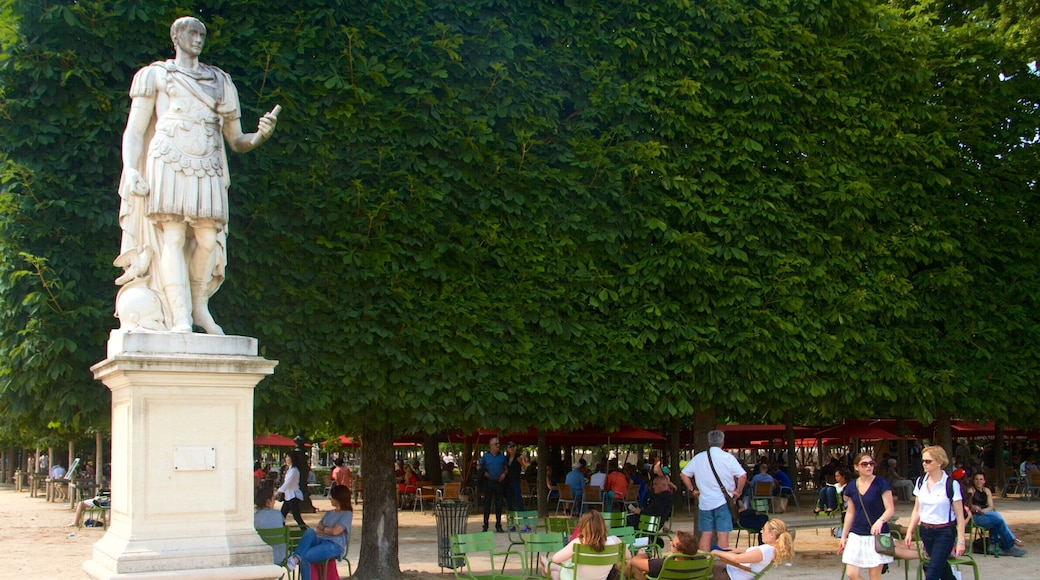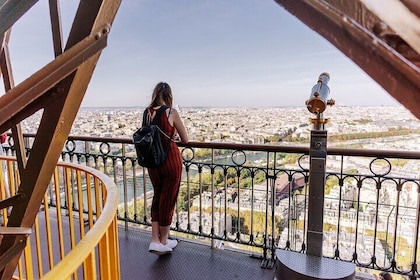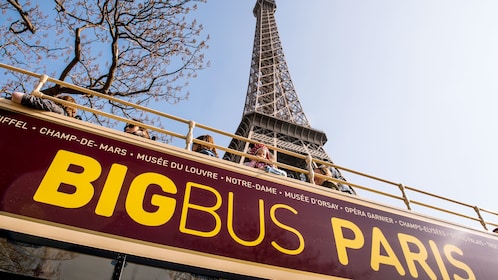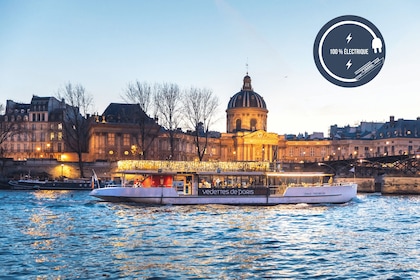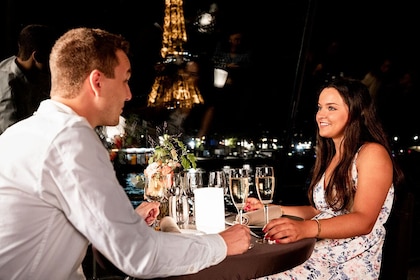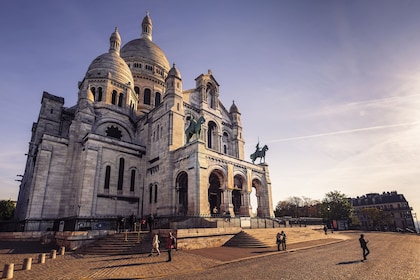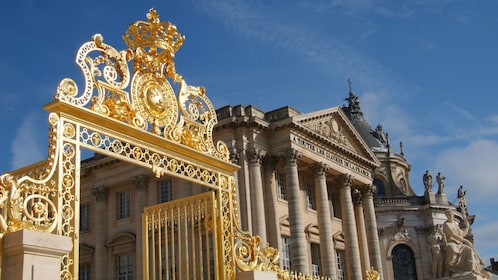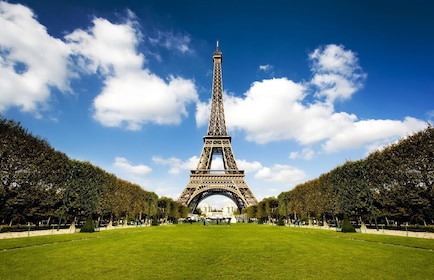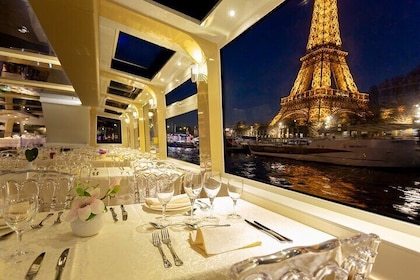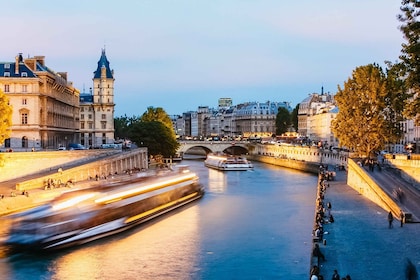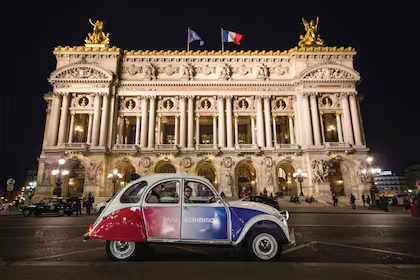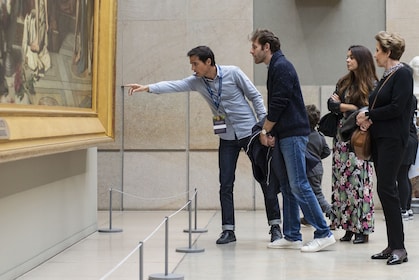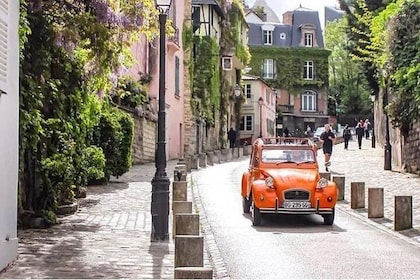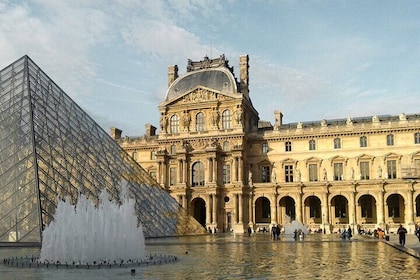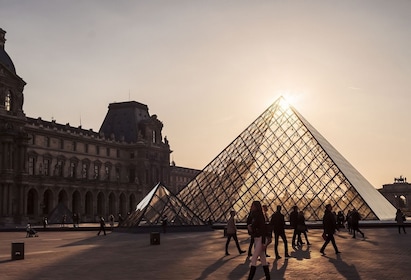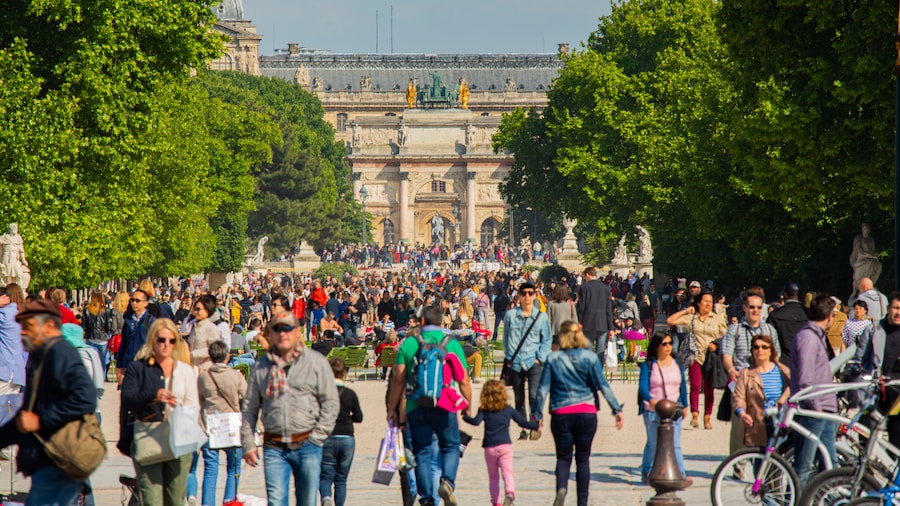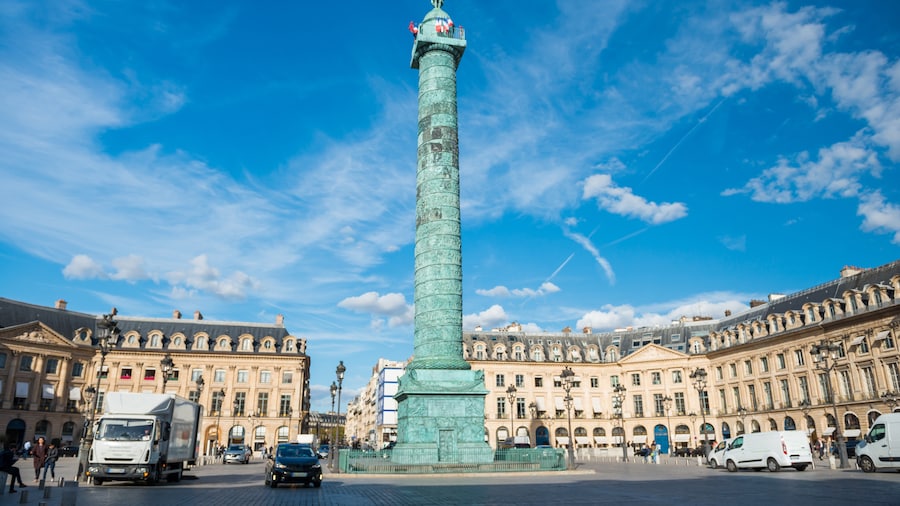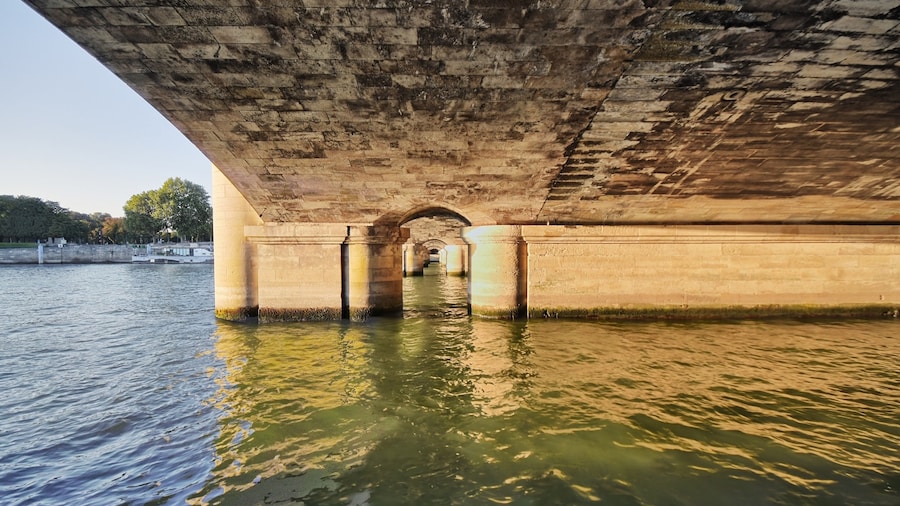Exquisite floral arrangements and world-class artwork make this garden an excellent detour from the busy streets of central Paris.
Stroll along winding paths lined with beds of bright daffodils and irises at Tuileries Garden. See sculptures by Rodin and Maillol as well as several works by Monet at the Musée de l’Orangerie.
Stretching over an area of 69 acres (28 hectares), Tuileries Garden provides a tranquil place to relax among the sweet smell of fragrant flowers. The garden was laid out in 1664 by André Le Nôtre and has been a favorite recreation spot for Parisians ever since. Most recently renovated in 1990, the garden is a part of a UNESCO World Heritage site on the banks of the Seine River.
Stroll slowly in the shade of oak, elm and cork trees to reach the Grand Carré. Admire the colorful flowers and foliage from around the world. Orange and hackberry trees surround the garden where irises, geraniums and roses are arranged in intricate beds.
Continue on to find traditional Romanesque fountains and exquisite statues placed throughout the garden. Look for the works of Italian Swiss Alberto Giacometti and French sculptor Auguste Rodin. View many of these from the two large ponds at the center of the park. Sit on one of the benches here and soak up the sun’s rays while you listen to the sound of water trickling from the fountains.
Don’t miss the Musée de l’Orangerie during your visit. This grand gallery has a large selection of impressionist and post-impressionist works, including the Walter-Guillaume Collection of pieces by masters from the early 1900s. Study the lights and shadows in some of the most popular paintings in the featured collection of water lilies by Claude Monet.
Tuileries Garden is located close to the center of Paris, just west of the Carrousel du Louvre. Take the metro to Tuileries or Concorde. The garden is open all day through the year and admission is free. The Musée de l’Orangerie is open daily except Tuesdays and there is an admission fee.




